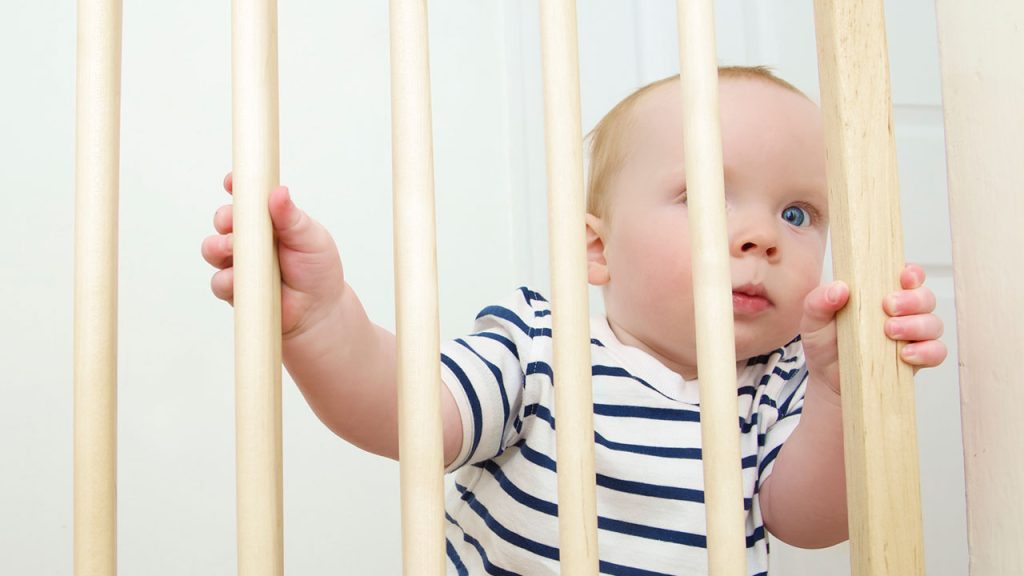
As a new parent, prioritizing your baby’s health and safety is essential. With so much information available, it can be challenging to know what you really need. This comprehensive guide offers essential tips and resources for your baby’s health and safety, including a must-have baby health safety kit, crucial items for your baby registry, and key safety guidelines.
Understanding Baby Health & Safety
Parenthood is a rewarding journey filled with responsibilities. Understanding baby health and safety essentials is vital for your child’s well-being. From selecting a safe baby car seat to enrolling in a baby health and safety course, knowledge is your best tool.
Baby Health and Safety Essentials
- Baby Health Safety Kit: Stock your baby health safety kit with first aid supplies, digital thermometers, and baby-safe lip balm. This kit is invaluable for quick responses to minor accidents.
- Health and Safety Items for Baby Registry: When creating your baby registry, prioritize health and safety items. Consider adding baby gates, non-toxic cleaning products, and baby safety ear muffs.
- Baby Safety Guidelines: Familiarize yourself with SIDS safety guidelines and safe sleep practices. Use a firm mattress, avoid loose blankets, and ensure a smoke-free environment.
Baby Safety in the Home
- Childproofing: Install safety gates and secure heavy furniture to prevent tipping. Be mindful of baby and dog safety, ensuring that pets and babies interact under supervision.
- Safe Products: Choose baby and pet safe products, including floor cleaners and essential oils, to keep your home free from harmful chemicals.
- Baby Safety Recalls: Regularly check for recalls on baby products to ensure that all items in your home meet safety standards.
Outdoor Safety
- Sun Safety for Babies: Use baby-safe sunscreen and protective clothing to shield your child from harmful UV rays. Keep babies under six months out of direct sunlight.
- Water Safety: Always supervise your baby around water, whether it’s in a bathtub or pool. Consider enrolling in baby and toddler safety courses focused on water safety.
Ongoing Education
- Enroll in Baby Safety and CPR Classes: Taking a baby safety and CPR class empowers you to handle emergencies effectively. Look for local programs or trusted online courses.
- Stay Informed: Regularly consult resources like Health Canada for updates on baby food safety and health guidelines.
Conclusion
Incorporating these baby health and safety rules into your daily routine will help create a secure environment for your little one. From essential items on your baby registry to ongoing education through child health and safety courses, being proactive can help you navigate the early stages of parenthood with confidence. Remember, a healthy and safe baby is a happy baby!
Call to Action
For more tips on baby care and safety accessories, check out our recommended products and resources. Don’t forget to subscribe for the latest updates on baby health and safety!